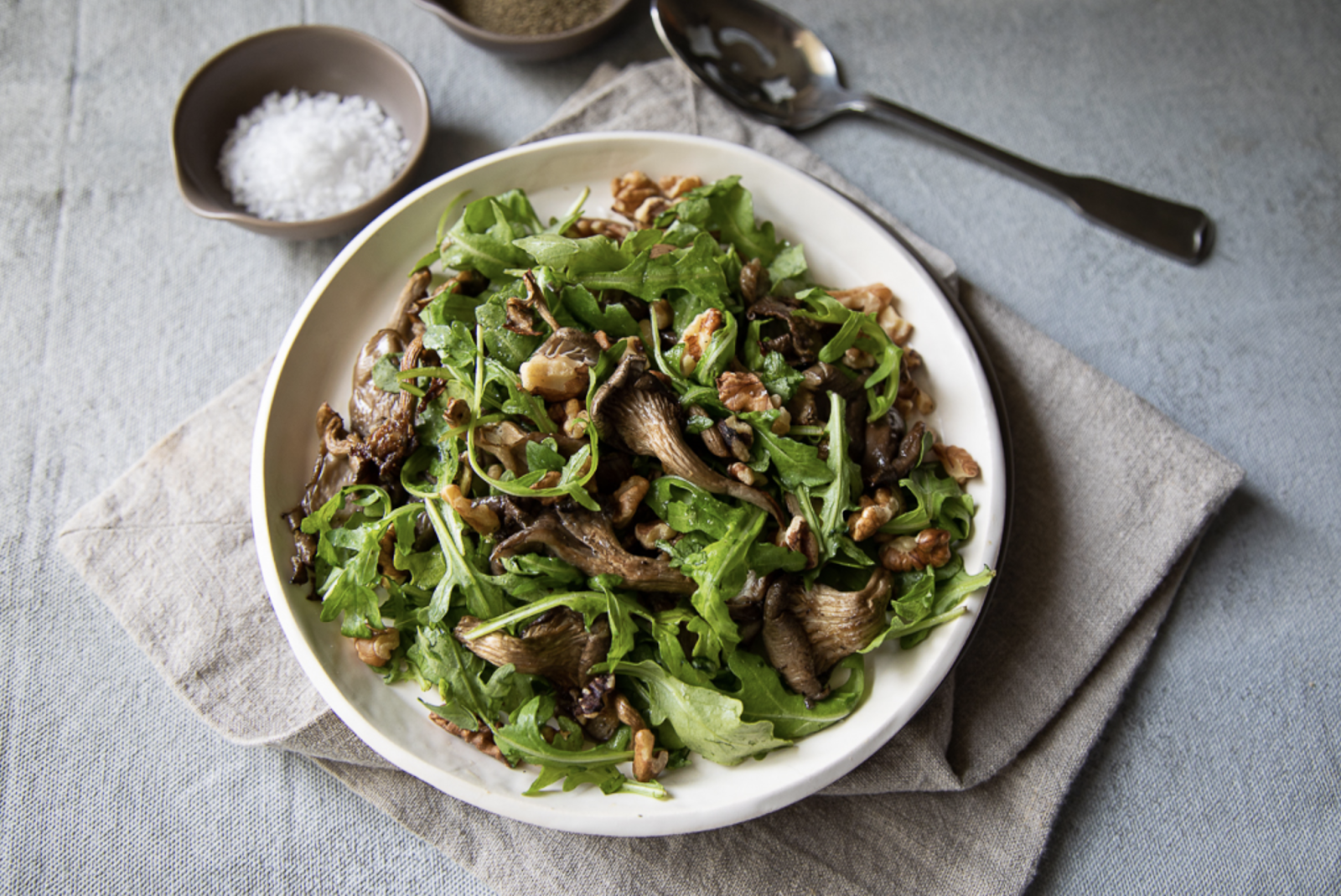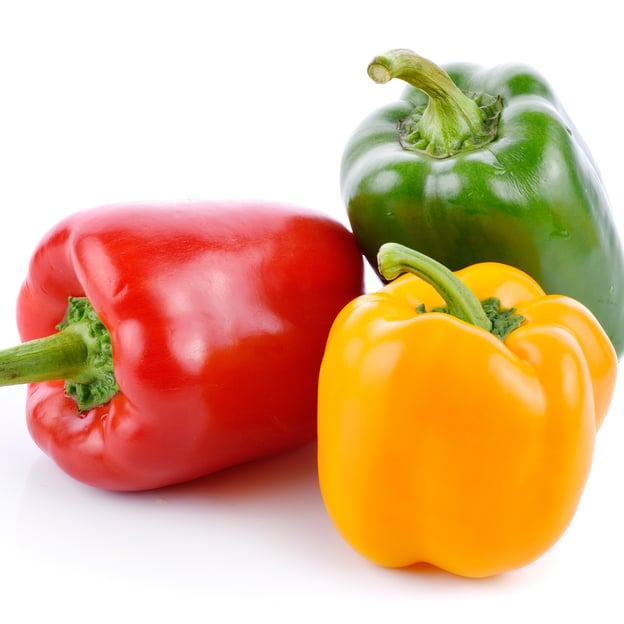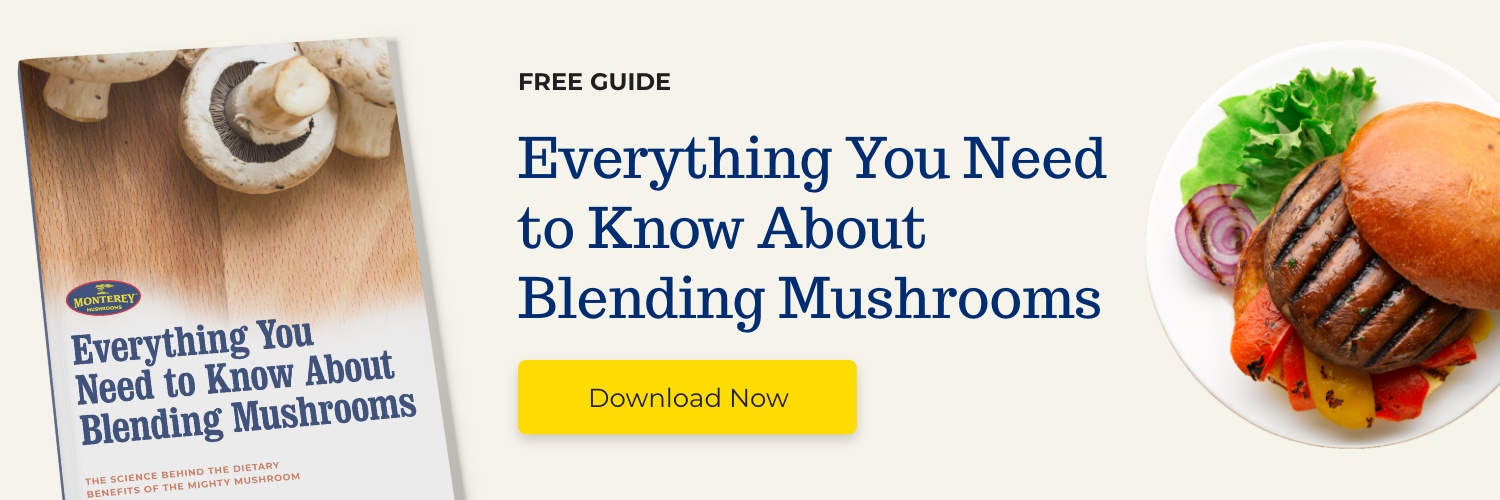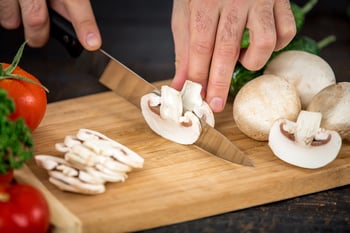With Earth Month this April, we’ve got sustainability on the mind!
While bringing reusable bags to the market and saying “no” to plastic straws at the coffee shop are great ways to make an impact, one of the most important things you can do to improve your sustainability is to be more selective at the grocery store.
Some foods require a lot of water, energy, and space to grow, while others are more gentle on our planet— but not everyone knows which are which!
Here are six sustainable foods, you can easily add to your cart to reduce your environmental footprint.
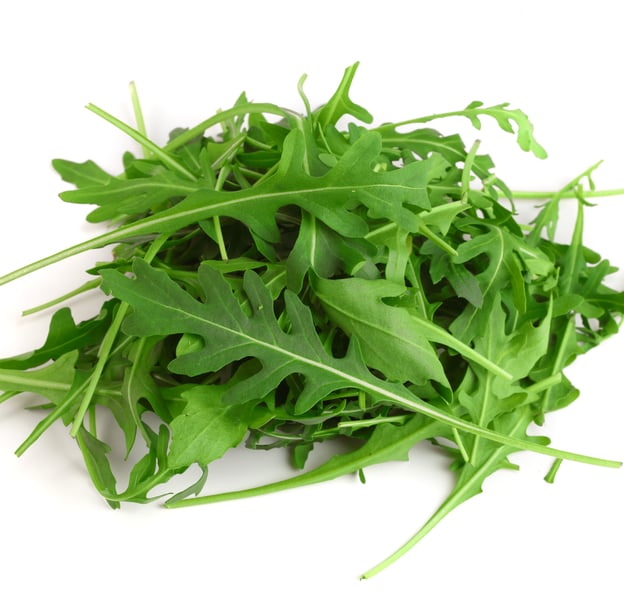
1. Arugula
While lettuce has its crunch, arugula offers additional health benefits, like improving digestion, reducing inflammation, and more.
Not only is this green giant “clean” for the body, but it also makes a fabulous base for salads, adding a peppery pop to every forkful. Try it with delicately roasted Oyster mushrooms and walnuts with easy directions from The Mushroom Council.
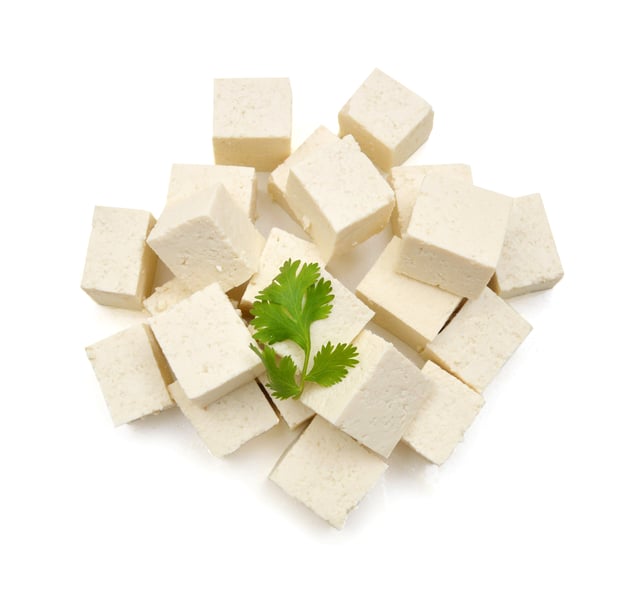
2. Organic Tofu
Animal agriculture is responsible for much of our planet’s land and forest destruction, water usage, and pollution, which is why many diners choose to eat less meat as a sustainable move! Tofu is a popular soy-based meat substitute, mimicking the texture of many types of meat, especially when flavored like them too.
Many are surprised to learn that tofu contains nutrients beyond protein, including iron, selenium, phosphorus, and more. Soy cultivation only accounts for roughly 1.5% of deforestation and tofu is typically sustainably grown when labeled organic.
While plain tofu isn’t very flavorful, it’s an excellent absorber of sauces, marinades, and seasonings. Our Smoke Tofu Stir Fry recipe gets a lot of traction, and incorporates other sustainable veggies like broccoli, peppers, peas, and more!
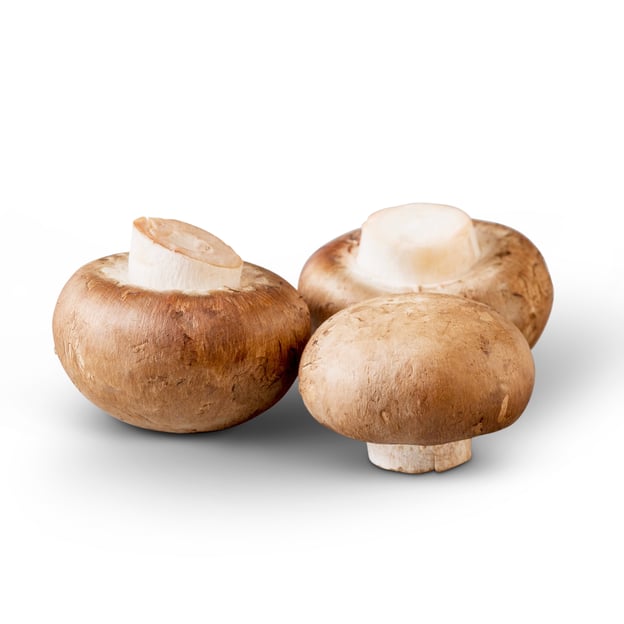
3. Baby Bella Mushrooms
Make way for the mighty mushroom! Mushrooms boast remarkable health benefits, containing B vitamins, fiber, potassium, and more.
Additionally, fresh fungi are one of the most sustainable foods available in the produce section! That’s because millions of pounds of fungi can be grown annually on just a few acres of land. Whereas other kinds of food production can use thousands of acres— valuable space for trees and plant life— 7.1 pounds of mushrooms can be produced on one square foot of land. The secret? Mushroom beds can be stacked vertically in growing facilities, so lots of mushrooms thrive in a small space!
A pound of mushrooms also requires only 1.8 gallons of water to produce. And no animals are harmed in production. Learn more about how mushrooms are grown here.
Baby Bella mushrooms in particular are revered for their rich nutrient profile and bold taste. This Spring Mushroom Galette is a unique recipe to “wow” your partner with a surprise brunch in bed.
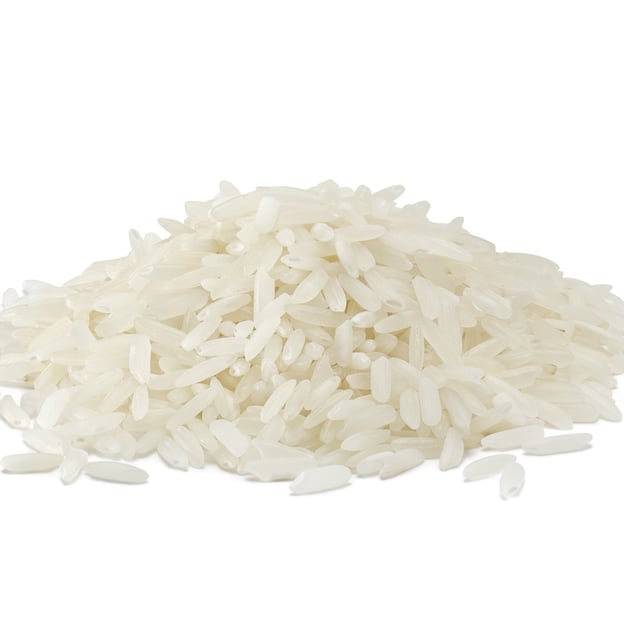
4. Rice
Rice isn’t just a filler food. It can help to control diabetes, improve heart health and even reduce the risk of certain cancers, according to WebMD. No wonder so many other cultures eat it daily!
Rice made our sustainability list because it requires no or minimal tillage of the soil, protecting land from erosion and loss of nutrients. Plus, when produced efficiently, water usage and impact on surrounding water systems is low— as well as energy consumption.
Spice up your rice by choosing a wild grain and mixing in Maitake mushrooms and walnuts. Dress it with a little salt and pepper and a spritz of lemon juice to really bring this recipe to life!
5. Bell Peppers
Bell peppers contain a long list of vitamins, including C, B, K, E, and more. They’re known for improving eye and vision health, like their other bright-colored vegetable friend, carrots.
Peppers bear sustainably grown crowns because no animals are affected by their commercial production and they use low levels of water to grow— all while not emitting high levels of CO2.
Bright red, yellow, orange, or green bell peppers are easy to sneak into most everyday dishes, adding a crunchy, “juicy” flavor in an instant. In our Hawaiian Kebabs recipe, we suggest sweet yellow and red peppers paired with pineapple and mushrooms. The perfect summertime treat.
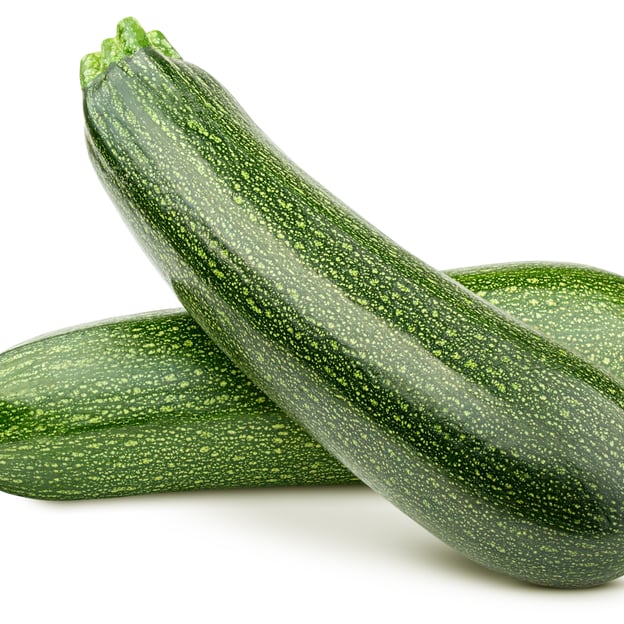
6. Zucchini
Zucchini is another green game-changer— improving your energy, brain function, and more.
Like arugula, this veggie has low water and carbon footprint, not needing much H20 or requiring high-emissive machinery to plant or grow. And as you may have guessed, as a plant, no animals are harmed in its production.
Spiral a plump zucchini into “zoodles” instead of eating pasta this week! This zoodles recipe also includes sustainable kale and mushrooms, making one delicious dinner. It can also be served as a creative side.
Not Wanting to Give Up Meat? Try “The Blend”
You may have noticed that this sustainable foods list did not include any meat! On average, the meat industry is not very environmentally friendly, using lots of land, water, and pollution-heavy machinery to raise the animals.
But we understand that meat has its place in many people’s diets. Instead of giving up meat completely, do your part to eat more sustainably by reducing your portion size.
Did you know you can blend diced mushrooms with many types of meat to use less meat overall and add extra nutrients to your plate? Learn more about blending mushrooms into your favorite meat meals by downloading our ebook, Everything You Need to Know About Blending Mushrooms.

